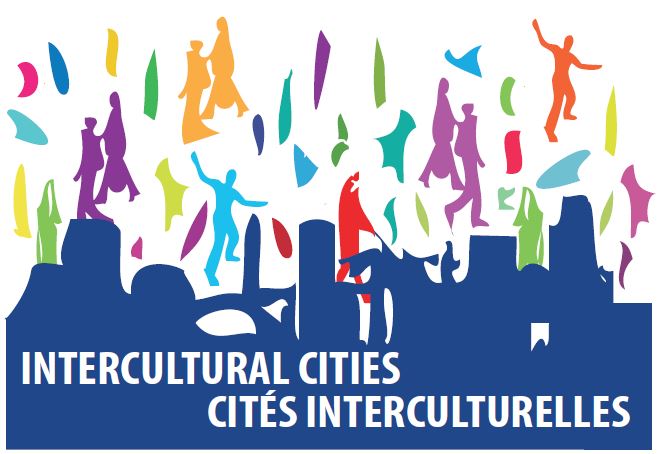The origins of the intercultural city concept
The concept of the Intercultural City originated with the British think tank Comedia.
In 2004, with support from the Joseph Rowntree Foundation, Comedia conducted a two year research programme entitled 'The Intercultural City: Making the Most of Diversity'. Its aims were to:
- consider the extent to which cultural diversity is a source of innovation, creativity and entrepreneurship and how this can become a positive force releasing new energy and resources for the development of cities.
- understand how the combination of different cultural skills and attributes leads to new and divergent thinking and what are the conditions that most encourage this.
- explore the extent to which increased intercultural dialogue, exchange and activity is the catalyst for this process.
- seek to understand the role of intercultural networks and intermediary change-agents, finding out who they are, how they work and what are the conditions which either encourage or hinder them.
- explore the institutional barriers and opportunities to maximizing economic benefits and aim to provide guidance for future policy on diversity and wealth creation in cities.
The project was directed by Phil Wood.
Research was conducted in the UK, United States, Australia, New Zealand and Norway. It led to an extensive series of research findings and publications.
- The Intercultural City Reader
Editor: Phil Wood, 2004 - Planning for the Intercultural City
Jude Bloomfield and Franco Bianchini, 2004 - The Road to Interculturalism: tracking the arts in a changing world
Naseem Khan, 2006 - Planning & Designing Culturally: More than just a bridge
Richard Brecknock, 2006
The main publication arising from the project, which first set out the emerging methodology of intercultural cities was:
- How can we unlock the potential of cultural diversity in cities?
By Phil Wood, Charles Landry and Jude Bloomfield, 2006
This report was then extensively expanded upon to become the book which has provided the methodological and conceptual foundation for the Intercultural Cities programme:
- The Intercultural City: Planning for Diversity Advantage
By Phil Wood and Charles Landry Earthscan, London, 2008
Other publications from the project
1. Is Bristol Open?
(A city case study based upon extensive interviews whose main output was the creation of a set of Indicators of Openness)
2. The Attraction and Retention of Migrants to the Tyne and Wear City Region
(A city case study exploring how less-favoured regions can attract migrants, recommending changes in UK national legislation and in local cultural attitudes and procedures)
3. Knowing Lewisham
(A city case study of a London Borough exploring new approaches to urban planning and development through the a better understanding and application of cultural literacy)
4. Intercultural Consultation for a Global City District
(A city case study in the London Borough of Tower Hamlets, recommending new approaches to community engagement, particularly around neighbourhood planning issues)
5. Ethnic diversity and entrepreneurship in Oslo and Drammen
(Two related city case studies of the application of intercultural approaches in the Norwegian context)
6. A wellspring of ideas, a meeting of people
(A city case study in Auckland, New Zealand of what intercultural approaches could achieve in a traditionally bi-cultural, and recently multi-ethnic, context)
7. City of Logan
(A city case study from Queensland, Australia, on the influence of ethnic spatial distribution on levels of intercultural engagement)
8. When immigrants revive a city and when they don’t: lessons from American cities
by Gregg Zachary
9. Intercultural Social Entrepreneurship
by Lise Bisballe
10. Intercultural innovations in UK business practices
by Lia Ghilardi
11. The role of schools in the intercultural city
by Maurice Coles and Bob Vincent
12. Planning and Engaging with Intercultural Communities
by Phil Wood
13. Intercultural Sport
by Charles Landry
14. Profile of Intercultural Innovators
by Jude Bloomfield



